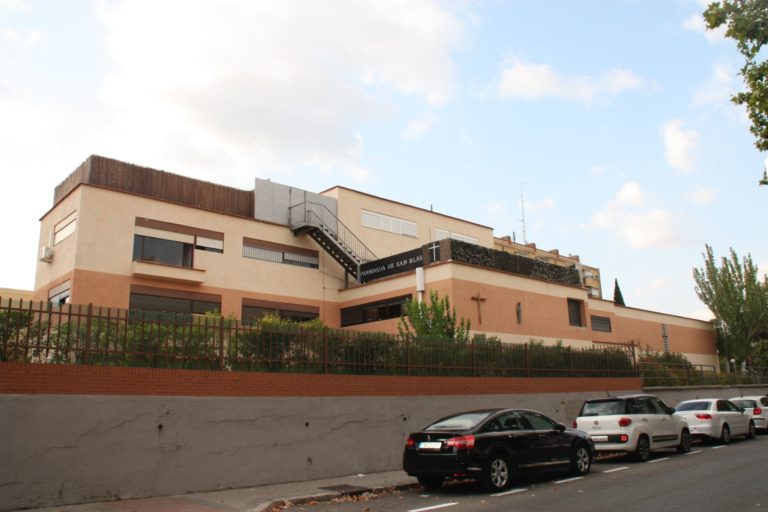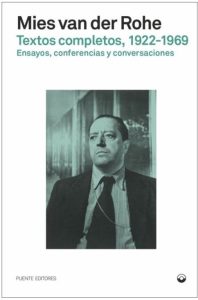Abstract
The “Neorealist city” analyzed in this thesis corresponds to the vision proposed by some Italian and Spanish directors who, between the 40s and 60s, explored the urban space in transformation in Rome and Madrid. This work inscribes the Neorealist Cinema within the broadest tradition of artistic research on the urban phenomenon that is developed throughout the entire twentieth century from futurism and surrealism, through given the situationists to Land-art. The urban tours made by the directors in search of the sets for their films can be compared to the first explorations of André Bretón and the first surrealists, and to the Robert Smithson suburban journeys. The result was the cinematographic works in which through the eyes of the protagonists, a new urban image was presented to the public. The historical, social and economic parallel established in this research between Italy and Spain serves as a background to define more precisely the urban phenomena in Rome and Madrid, which, despite the different political situations, shared the same “imbalance” between public and private power, that contributed to the genesis of the urban landscape described by movie directors. The selected frames, which constitute a common vocabulary for the two contexts, are organized into categories – based on some of Deleuze’s reflections on the Cinema – that describe a new urban iconography: landscape of time or landscape of memory; the landscapemovement; the landscape-palimpsest of natural and artificial infrastructures; the landscape of absence and that of permanence. The action of linking the topology of the filming to the developed iconography, allows to establish parallels between different urban narratives present in the films. The picturesque image of Rome and Madrid, leaves the place to an unprecedented and unexpected vision, in which the periphery of vacant lots and the informal settlements prevail, with deserted topographies, unfinished social housing complexes and fragments of a rural world that coexist with industrial infrastructures. Typologies and morphologies of the urban sectors, correspond to the different habitats of the protagonists, the places where urban Derivas begin or end up represented in the maps through the vectors of movement: Val Melaina and San Juan Bautista; the Prenestino and Arganzuela neighborhood; the Fosso of Sant’Agnese and La Elipa; the bigs development of Tuscolano and Entrevías. In all the peripheral territories covered, the dialectic between formal and informal city occurs, representing a space of resistance and freedom, in favor of which, directors often seem to take a stand. Neorealist cinematography, even with a critical sense, tried to establish a creative dialogue with the expanding urban and suburban territory. In this research work, spatial and formal typologies of the Neorealist City are considered a set of real architectural and landscape structures or sometimes results of cinematografic work of staging, that transcend the space of the screen establishing a connection with the architectures and with the urban space that was developing in this time: it concerns the topographies and the horizontal and vertical housing development; ruins and the unfinished architectures of the informal city; scaffolding systems and frames present under different durable or ephemeral configurations; And finally, light and texture as project materials that defines the Neorealist urban space. The urban and extra-urban explorations that the directors fulfill, also had a value in terms of “design actions on the territory”, although finalized to the cinematographic narration. The vectors mapped and represented describe the different psychogeographies of Rome and Madrid presented in the films. The image of a vectorial cartography representing all itineraries covered throughout each film and the sum of all these vectors, constitutes a possible planimetric image of “Neorealist city”. The present research work, as a result of the methodological proposal, within the field of research called ‘cultural landscape’, proposes an extension of the limits of the discipline of Architecture, and Urbanism, through the film space and the echoes which remain in the set after filming. Possible dialectic between representation and reality, between cinematographic memory and memory of the place, between past and future, opens new scenarios in urban research and design. The comparative analysis allows to identify differences between italian and spanish two capitals and differents models of genesis and growth of peripheral space. However peculiar aspects of each territory emerge. Madrid is represented like an empty and rural territory around an unreachable and compact urban center; Rome as a hybrid and entropic space, combines countryside, infrastructures and urban areas; at the same time this analysis, reaches an iconographic and spatial synthesis of the two cities: The Neorealist City. Finally, ‘The Neorealist City’ discovered by cinematographic directors, becomes a metacategory for interpretation, that perfectly works to understand contemporary urban phenomena and, at the same time, to propose a “manifesto” for project interventions in the contemporary city.
Access the thesis








